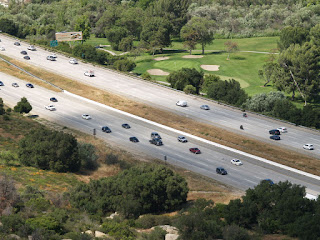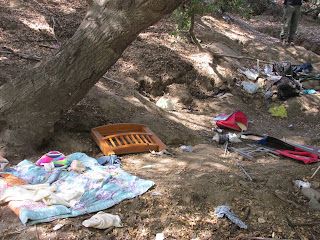Speaker: Richard W. Halsey
Time and Date: 6 PM on June 8, 2017
Location: Temecula Library
Richard W. Halsey is a writer, photographer, and
the director of the California Chaparral Institute, a non-profit research
and educational organization dedicated to the preservation of native shrub
land habitats throughout the world and supporting the creative spirit as
inspired by the natural environment.
There was a time when understanding the environment around you was
a matter of survival – when the flowers bloomed, where the flowers were, and
how to avoid the grizzly bear. Now, our local knowledge is limited to street
names, navigating freeway off ramps, and avoiding traffic tickets. Join Richard
Halsey as he explores ways to find more joy in life by understanding and
connecting with the local landscape, what rock is underfoot, and being able to
distinguish male and female shrubs while driving seventy-miles-per-hour. It is
time to become intimate with the wild nearby and know what home truly means.
Richard W. Halsey is the director of the
California Chaparral Institute, a non-profit, research and educational
organization dedicated to the preservation of native shrubland habitats
throughout the world and supporting the creative spirit as inspired by the
natural environment. Mr. Halsey also works with the San Diego Museum of Natural
History, publishes The Chaparralian, a periodic journal focusing on
chaparral and wildfire issues, and continues to teach natural history. He has
given more than 350 presentations about the chaparral ecosystem over the past
decade. Mr. Halsey taught biology for more than twenty years in both public and
private schools and was honored as the Teacher of the Year for San Diego City
Schools. He has also conducted numerous research projects and published several
papers concerning the ecology of California’s chaparral ecosystem. Halsey has
also been trained as a Type II wildland firefighter, past an age most would
consider prudent. The second edition of his book, Fire, Chaparral, and
Survival in Southern California, was published in 2008 and was awarded the
Best Nonfiction-Local Interest Book by the San Diego Book Awards Association.























